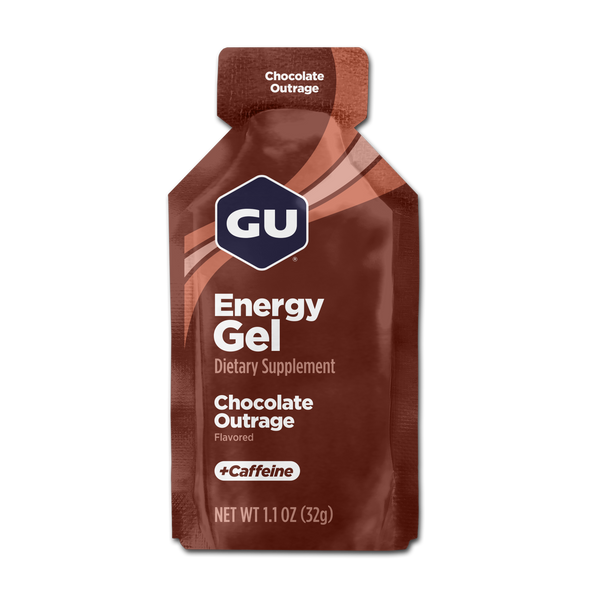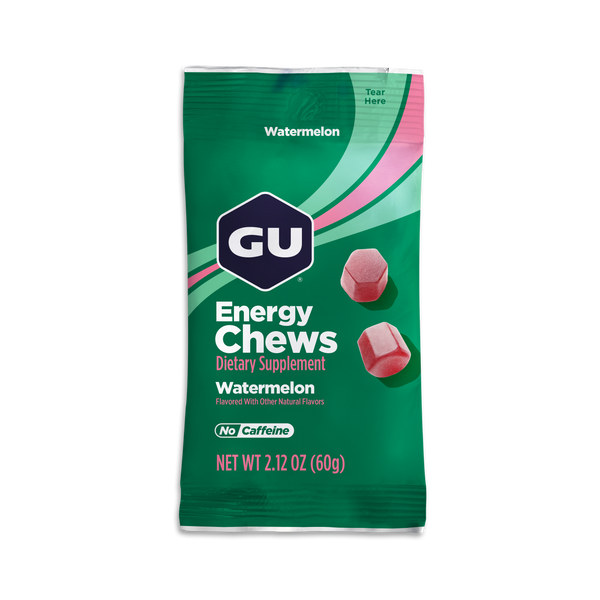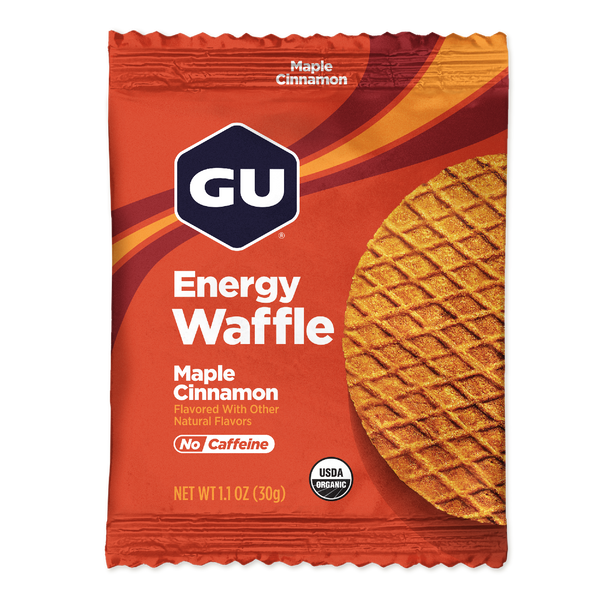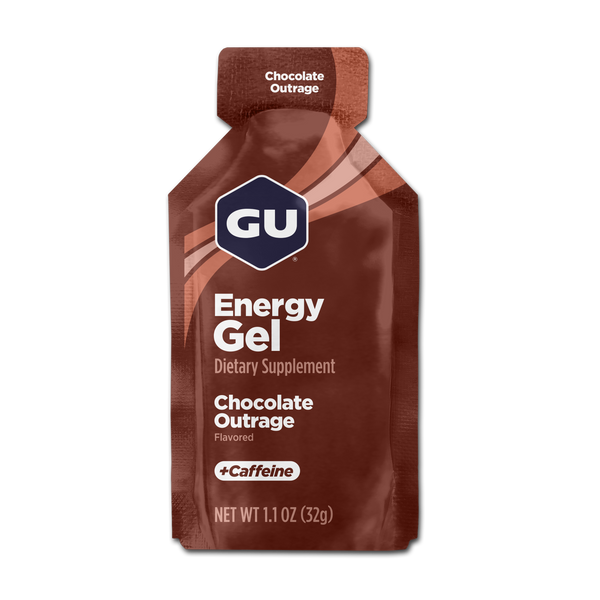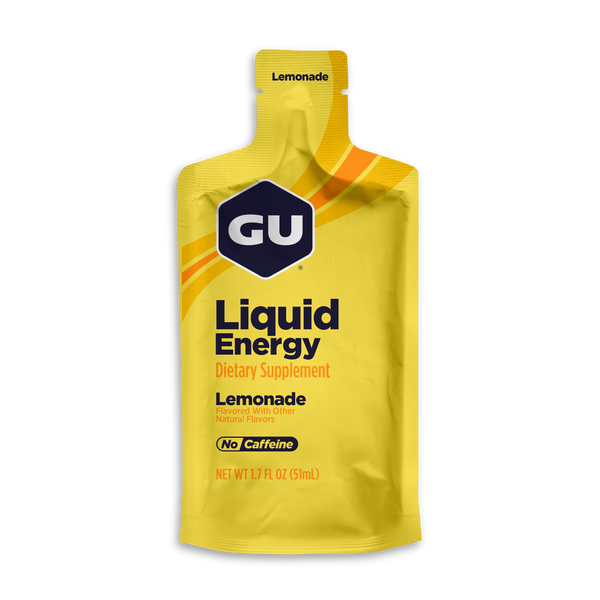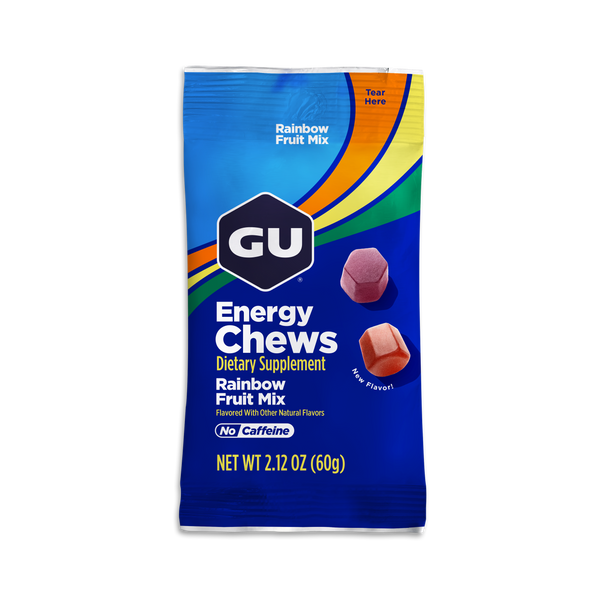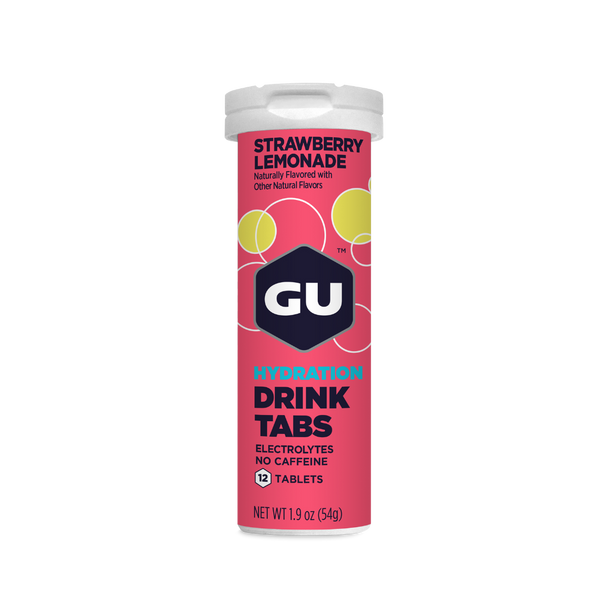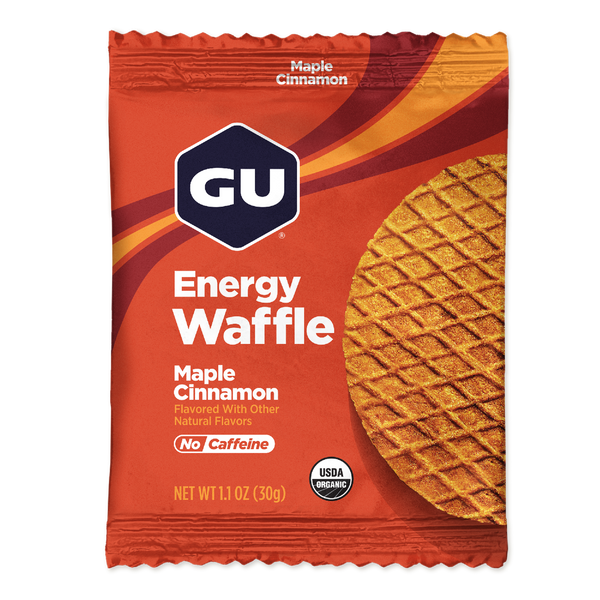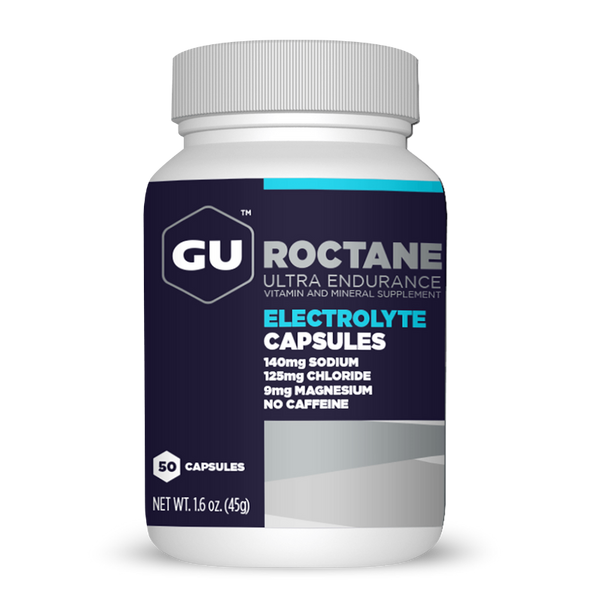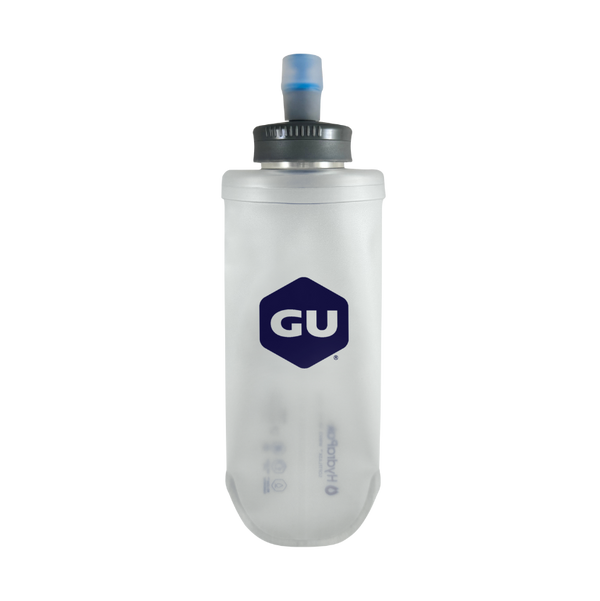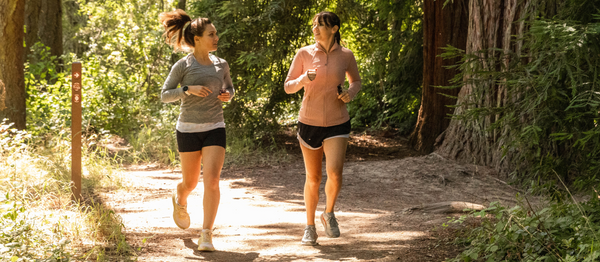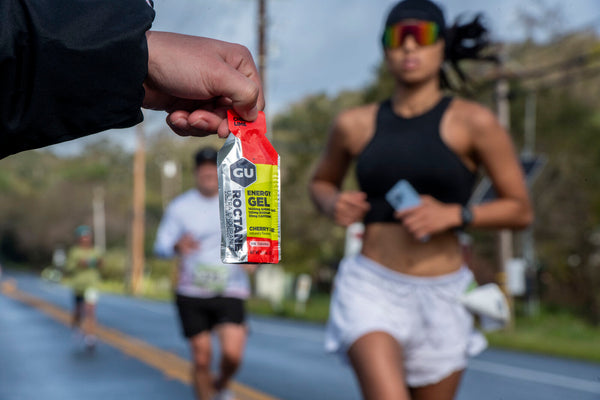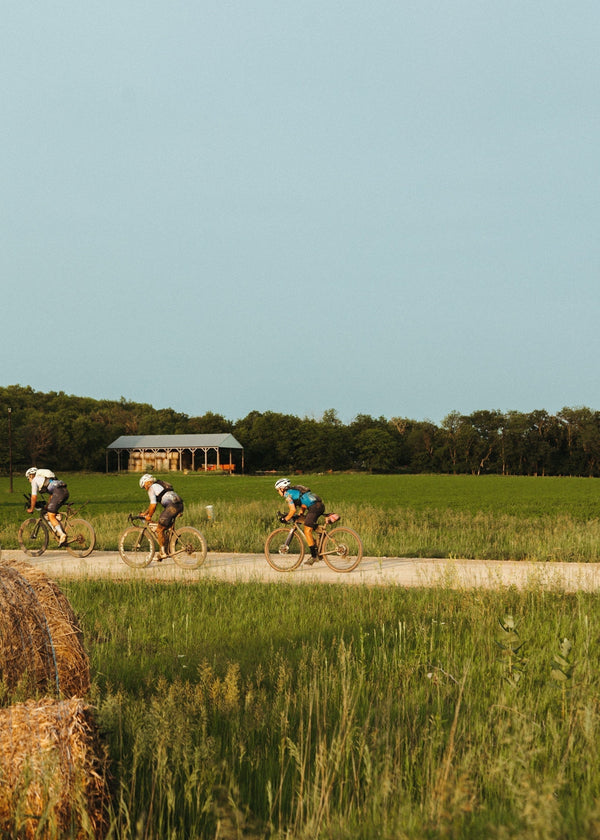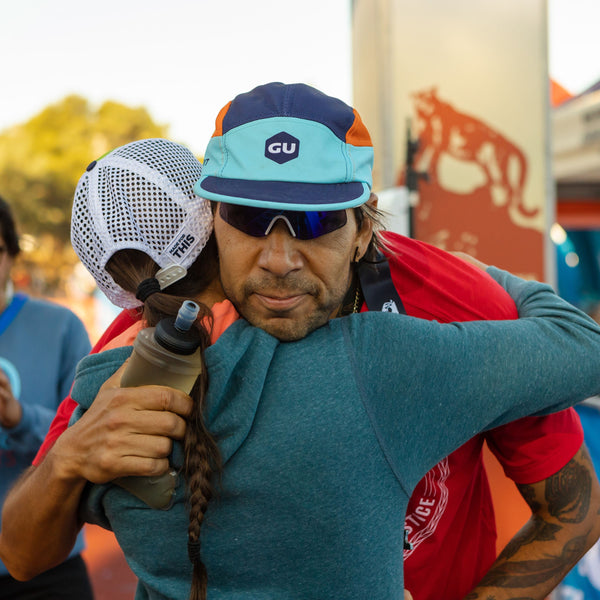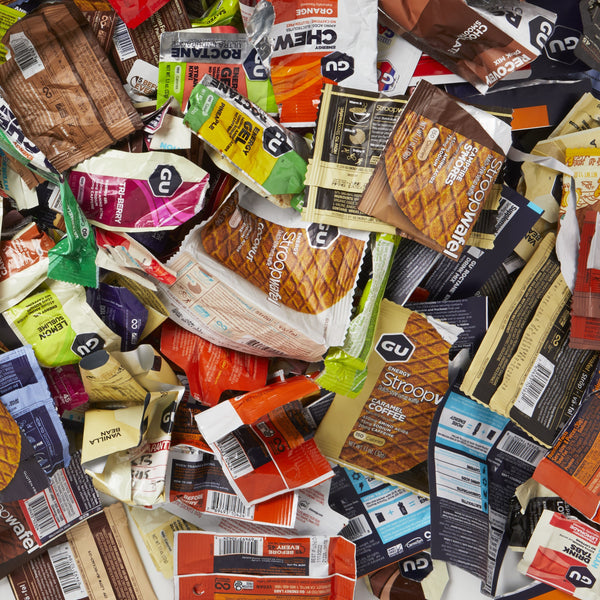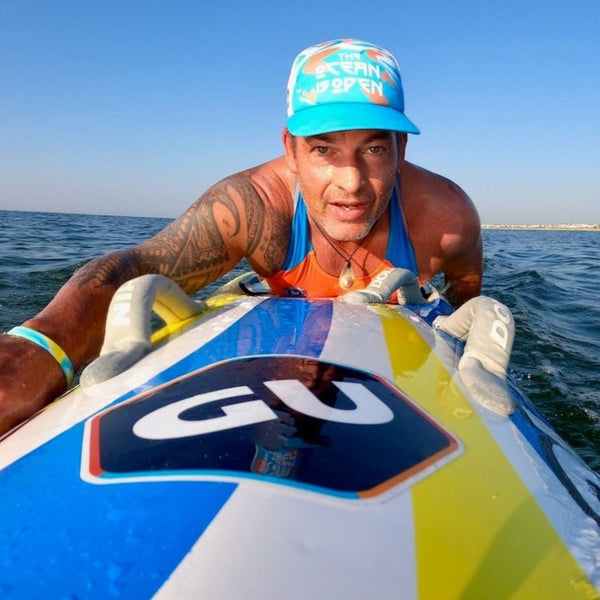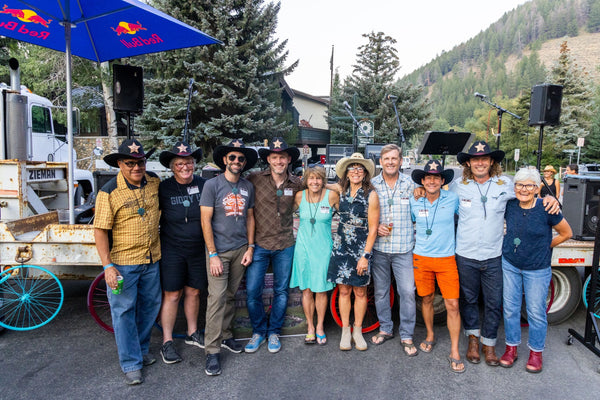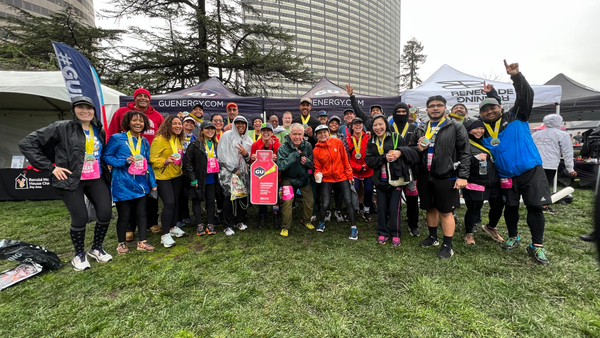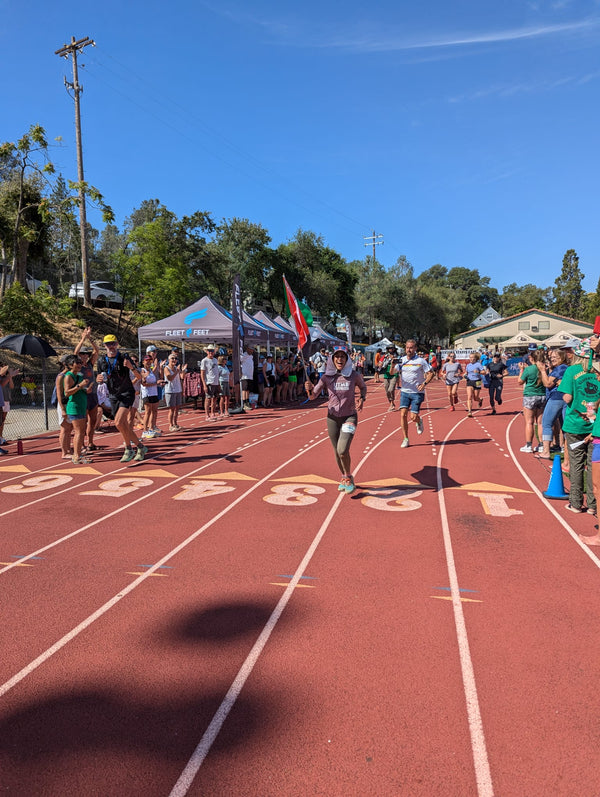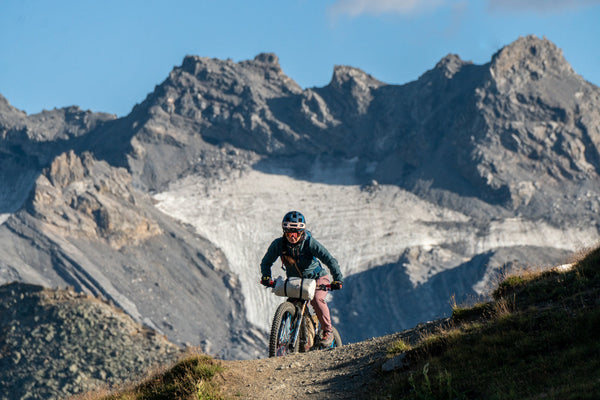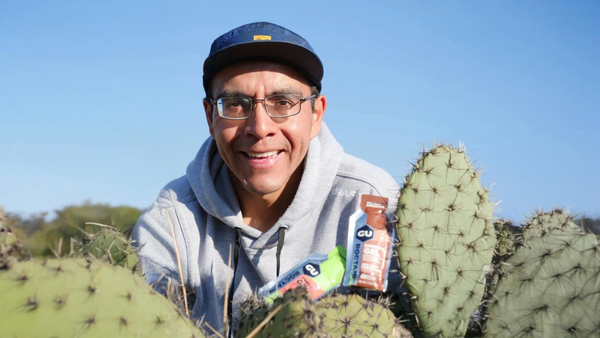Testing the Limits: A GU Endurance Lab Project
This December, GU’s Sports Nutritionist (@roxymtngirl) and VP of Innovation, Research and Development (@runboulet) will attempt to climb the highest volcano in the world in less than half the amount of time typically required. Ojos de Salado, a stratovolcano located in the arid Atacama Desert region of northern Chile, is a 22,615-foot (6,893 m), snow-capped behemoth. Most climbers take 10-13 days to reach the summit, but Roxanne and Magda plan to summit in only five days. Traditionally, climbers need time to acclimatize to the extreme altitude to avoid acute mountain sickness (AMS) or more serious complications such as high altitude pulmonary edema (HAPE, a life-threatening accumulation of fluid in the lungs) and cerebral edema (HACE, brain swelling). However, the GU duo have been following a strict protocol that simulates high-altitude acclimatization that will hopefully enable them to cut days off their summit attempt.
The project is being conducted under the umbrella of GU’s Endurance Lab, an internal initiative aimed at exploring the limits of human physiology to see what we can learn from the experience and how it might benefit other athletes.
Learn more about the details of the project from Roxanne’s explanation below:
The Approach
Six weeks prior to the rapid ascent attempt, we started using simulated altitude equipment from our partners at Hypoxico Altitude Training Systems (@hypoxico) to pre-acclimate while living at sea level. (GU is headquartered in Berkeley, CA.) This means sleeping in hypoxia tents every night at progressively higher elevations, in addition to daily hours spent in the GU Endurance Lab altitude chamber with both passive exposure (we have had several work meetings in the chamber, much to our colleagues’ amusement) and exercise. The tents and chamber simulate high altitude by decreasing the oxygen content of the air, creating a hypoxic environment. The Endurance Lab altitude chamber simulates elevations up to 14,000 feet, and the tents can go up to 21,000 feet. It’s not for the claustrophobic!
Magda and Roxanne have been sleeping in altitude tents every night. Not for the claustrophobic, these tents fit around their beds and can simulate altitude up to 21,000 ft! If you like white noise while you sleep, then you’ll be lulled to sleep by the gentle humming of the equipment.

Magda and Roxanne regularly exercise, hold meetings, and take calls in the Endurance Lab Hypoxico chamber. The chamber, which is installed in a corner of the gym in our Berkeley headquarters, can simulate elevations up to 14,000 feet. Don’t open the door while in use!
Nutrition and Supplementation
We are implementing specific nutrition and supplementation strategies to improve our chances of summit success. A secondary objective for this project is to establish a high-altitude nutrition protocol to support these types of endeavors. In the presence of low oxygen availability, a shift in metabolism toward glycolysis (i.e., the breakdown of carbohydrates—primarily glucose—for energy) necessitates high carbohydrate intake to meet energy demands most efficiently. Carbohydrates require less oxygen to produce a given amount of ATP (energy currency of the body) compared to protein or fat, making carbs the optimal fuel source for high-altitude environments. Not to mention the fact that most people inevitably lose their appetite at high altitude, making calorie intake more difficult, regardless of the source.
Additionally, muscle wasting at high altitude is a common side effect of prolonged hypoxic exposure. To combat muscle breakdown, we will incorporate strategic supplementation practices with existing and novel GU products to enhance performance and recovery at altitude. Of particular interest are the branched-chain amino acids (BCAAs) and performance-driven carbohydrate blends in liquid, solid, and gel forms. We will be field-testing a prototype BCAA drink mix (not yet on the market) to supply our muscles with key essential amino acids without the added metabolic burden of breaking down complete proteins (energy-saving AND muscle-protecting!). We’ll also be taking Energy Gels, Stroopwafels, Energy Chews, and Roctane Drink Mix to fuel our summit attempt. Gels and drink mixes are lightweight, portable, and easy to digest up high, while Chews and Stroopwafels will fuel us lower down the mountain during carries between camps and acclimatization hikes.
Training
Finally, a progressive 6-week concurrent resistance and endurance training regimen will whip us into mountaineering shape for a fast and light push to the summit. We will work with GU athlete and @UphillAthlete co-founder, Steve House, to train our legs and lungs for the rapid ascent. Steve literally wrote the book on fast alpine climbing, and he knows a thing or two about pushing the limit!
Our workouts will consist of loaded (i.e., weighted backpack or weight vest) uphill movement in the form of step-ups, uphill hiking, high incline treadmill—ours goes to 40%—and stadium stairs. We will do some longer, lower intensity running or rucking (fast hiking with a heavy pack) sessions in addition to more explosive, plyometric work to train for eccentric loading, which is an essential component of down-climbing. Core work for the abdominals, low back, and hips/glutes will prepare us for long hours moving under load and make us more fatigue and injury resistant. Finally, upper body strength training, consisting mostly of pushups and pullups, will be incorporated into weekly circuit-style resistance training sessions. This will all be in addition to intermittent exercise performed in the hypoxia chamber. Most days involve twice-daily training, with flexibility work and restorative/corrective exercises supplementing our workouts. Proper recovery between workouts is critical to the execution of our plan, which is why we’re using @HRV4Training app to monitor heart rate variability and gauge our readiness to train.
Stair Repeats
Endless Step-ups

Testing our Physiology
We will submit to Endurance Lab testing three times during the project:
- Before the 6-week training/hypoxia protocol,
- Prior to departure, following the 6-week training period,
- After returning from the climb
Our team at the Endurance Lab will use advanced technology to determine the following:
- VO2max: Maximal aerobic capacity, or ability of the body to use oxygen to power movement.
- Metabolic Efficiency: Ability of the body to effectively utilize different fuel sources (carbs/fat) to power activity at various intensities.
- Body Composition: Relative proportion of lean mass to fat mass, a major determinant of energy expenditure (how many calories you burn) and performance (muscle mass is force-producing, helps you move, fat mass provides additional insulation but little performance benefit above essential body fat).
- Biomarkers: We are fortunate to partner with our friends at InsideTracker (@InsideTracker) on this project to take a figurative “look under the hood” and see what deficiencies might be hindering our efforts. Especially important for our attempt will be biomarkers related to iron status and oxygen transport by red blo
- od cells. All it takes is a quick blood draw.
GALLERY
To the Summit!
If all goes as planned, our training, nutrition, and hypoxia exposure program will get us to the top of Ojos de Salado (22,615 ft) and back down in 5-6 days without substantial symptoms of mountain sickness (headache, nausea, dizziness), HAPE, or HACE.
It’s an aggressive training plan and acclimatization schedule, but we are ready to put in the hours and push ourselves out of our comfort zones in order to make it happen. Stay tuned as we train for and make our summit bid!
Partners
We are excited to partner with @hypoxico@hrv4training@uphill_athlete@mountainhardwear@hokaoneone@suunto and @insidetracker for this GU Endurance Lab project and looking forward to sharing data along the way.

